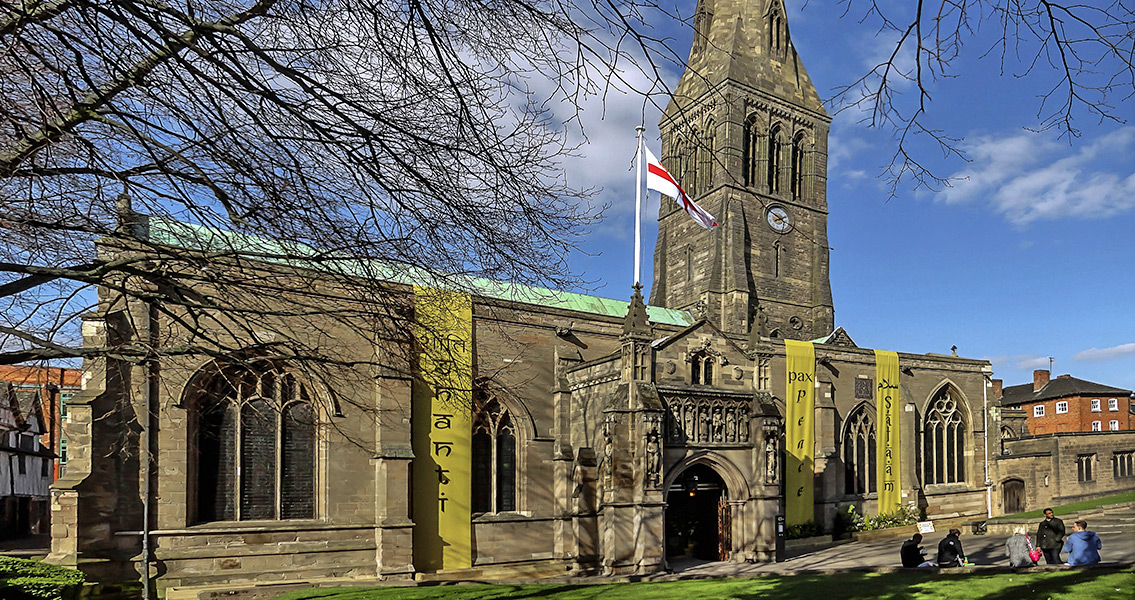<![CDATA[Richard III's reinterment has begun. He has been laid to rest in Leicester Cathedral. After his death at the Battle of Bosworth on 22nd August, 1485, Richard was taken to Leicester. He was hurriedly buried by Franciscan friars in their church. In the subsequent years, the exact whereabouts of his burial site was lost. For over 500 years, Richard III's skeleton lay hidden until it was finally discovered in 2012, during a series of archaeological excavations conducted at a city council car park in Leicester. Early accounts of Richard's life were shaped by those who had defeated him during the War of the Roses. Shakespeare's representation of Richard invested him with an almost mythically Machiavellian character. Now, Richard III, last king of the House of York, last of the Plantagenet dynasty and last English king to die in battle on home soil, has received the burial honours befitting a person of his standing. His reinterment process began today with a procession through Leicester. Richard's coffin, crafted by Michael Ibsen, a Canadian carpenter who is a descendant of Richard, was carried in a four-horse carriage. The procession ended at Leicester Cathedral, where Richard's remains were given over to the care of the Dean. Afterwards, a service of compline was held, which this reporter was present at. The compline is the final office, or church service, of the day in the Christian tradition of canonical hours. It serves as a completion of the hours and it tends to be a contemplative office, emphasising spiritual peace. Interestingly, Richard's compline was a fusion of old and new. Reburial of high-status individuals was relatively common during the fifteenth century. Most kings and many noble families in this period were involved in reburials: Richard III, in fact, had reburied Henry VI. The Final Collect read at the compline had roots in the sixth century. A fifteenth-century copy of the Vulgate Bible, the text of which Richard would have been familiar with, was placed on the coffin. The compline, however, also had nods to the twenty-first century. A hymn originally composed for the memorial service of John F. Kennedy was sung. I feel it is clear that the organisers of Richard's reinterment wanted to make the service recognisable for Richard, yet allow for a modern audience. Richard's reinterment is a product of two time periods: the medieval king, killed in battle, rediscovered and reburied in the twenty-first century. Three days of calm repose will follow where Richard will lie in state in Leicester Cathedral, allowing members of the public to view the coffin. On Thursday, Richard's remains shall be formally reinterred in the presence of the Most Rt. Reverend Justin Welby, Archbishop of Canterbury. Richard III was a courageous soldier and a disabled person in a period which was not as understanding as ours. His reburial gives the honours befitting him. 530 years after Richard III - by the grace of God King of England and France and Lord of Ireland, to call him by his full title - was hurriedly laid to rest, the Car Park King has been brought in from the cold. Image courtesy of Wikimedia Commons user: Peter from Lincoln, UK]]>
Richard III's Reburial Commences
